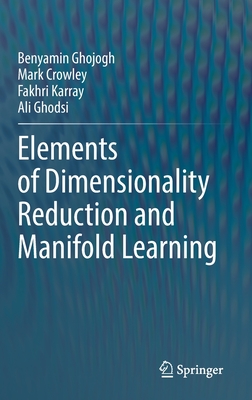Information Visualisation: Techniques, Usability and Evaluation
暫譯: 資訊視覺化:技術、可用性與評估
Ebad Banissi
- 出版商: Cambridge
- 出版日期: 2014-07-01
- 售價: $3,070
- 貴賓價: 9.5 折 $2,917
- 語言: 英文
- 頁數: 290
- 裝訂: Hardcover
- ISBN: 1443859818
- ISBN-13: 9781443859813
海外代購書籍(需單獨結帳)
相關主題
商品描述
Information visualisation is the field of study that is concerned with the development of methods for transforming abstract, complex data into visual representations in order to make that data more easily communicable and understandable. This volume reviews recent developments in information visualisation techniques, their application, and methods for their evaluation. It offers a wide range of examples of applied information visualisation from across disciplines such as history, art, the humanities, science and technology. Beginning with an examination of its medieval origins, it presents theoretical and applied approaches to information representation, including two and three-dimensional cartographic rendering and navigation techniques. In addition, it explores the language of shapes and how it can be employed to further the visualisation of multifaceted data. As a whole, this collection emphasises the important role that the visualisation process plays in extracting, analysing, and presenting the hidden layers of meaning found within large and complex data sets. It includes contributions from an international collection of researchers and authors. It is an introduction to the discipline of information visualisation, its current state of affairs, and its future trends. It includes a discussion of information visualisation's origins, providing an important historical context for the field. It is a comprehensive review of methods for shaping and rendering two and three-dimensional representations of abstract information. It covers the visualisation of interconnected networks of data in order to extract their causal relationships. It presents an approach to hierarchical structuring and re-structuring of information by applying methods of two-dimensional data mapping. It covers application of common metaphors for visualizing computer code, and visualisation analysis of historical events and their relationships. It includes a review of methods for evaluating information visualization tools, concepts, and methodologies, and recommendations for their application.
商品描述(中文翻譯)
資訊視覺化是研究將抽象、複雜數據轉換為視覺表示的方法的領域,以便使這些數據更容易傳達和理解。本書回顧了資訊視覺化技術的最新發展、其應用及評估方法。它提供了來自歷史、藝術、人文科學、科學和技術等各個學科的應用資訊視覺化的廣泛範例。書中首先探討其中世紀的起源,然後介紹資訊表示的理論和應用方法,包括二維和三維地圖渲染及導航技術。此外,它還探討了形狀的語言及其如何用於促進多面向數據的視覺化。整體而言,本書強調視覺化過程在提取、分析和呈現大型複雜數據集中的隱藏意義層面中所扮演的重要角色。書中包含來自國際研究者和作者的貢獻,是對資訊視覺化學科的介紹,涵蓋其當前狀況及未來趨勢。它討論了資訊視覺化的起源,為該領域提供了重要的歷史背景。這是一個全面回顧塑造和渲染抽象資訊的二維和三維表示方法的作品。它涵蓋了互聯網絡數據的視覺化,以提取其因果關係。書中提出了一種通過應用二維數據映射方法來進行資訊的層次結構化和重構的方式。它還涵蓋了用於視覺化計算機代碼的常見隱喻的應用,以及對歷史事件及其關係的視覺化分析。最後,它包括對評估資訊視覺化工具、概念和方法論的方法的回顧,以及對其應用的建議。































